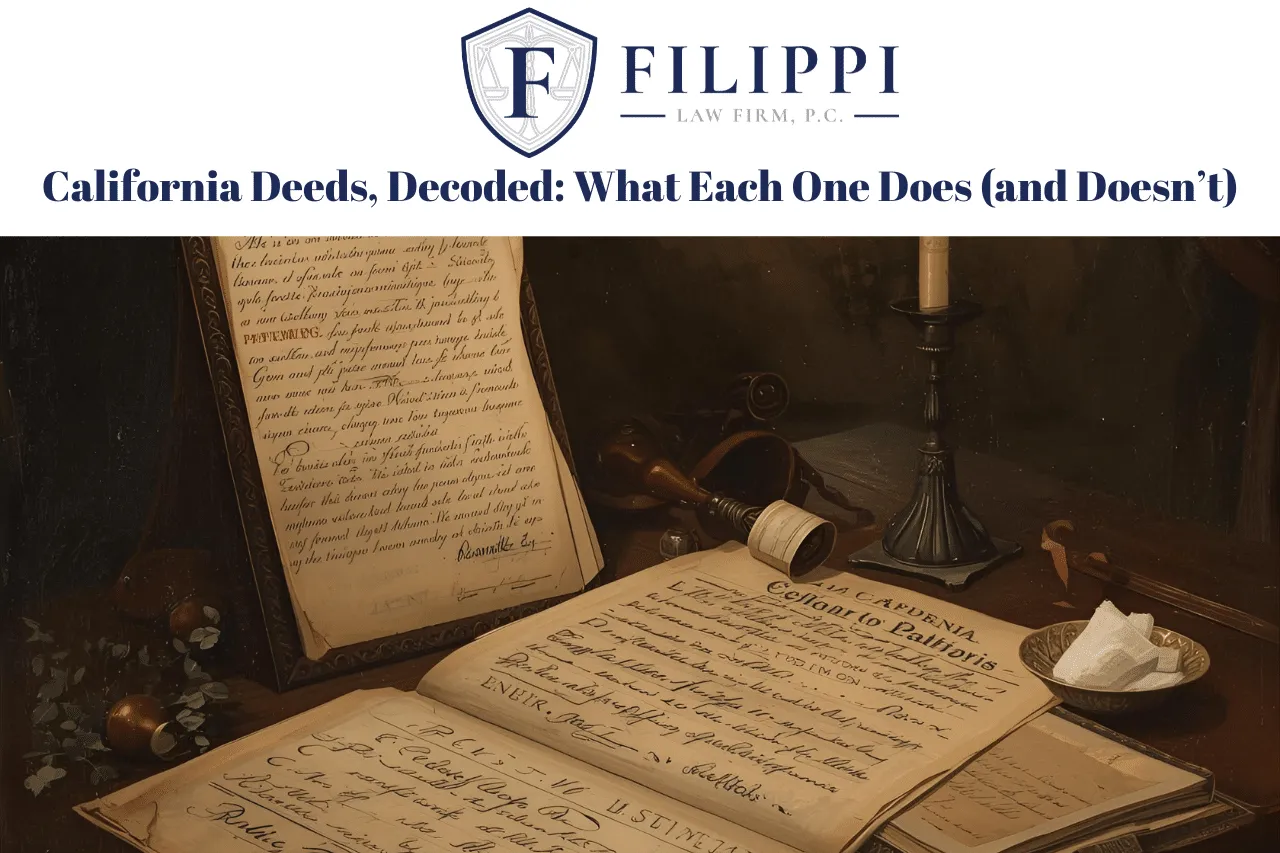There’s nothing more terrifying than leaving your estate to chance—or worse, relying on piecemeal methods that promise simplicity but end up creating a tangled mess. In the spirit of Halloween, let’s delve into the horror story of the Frankenstein Estate Plan—a cobbled-together estate planning approach that might seem straightforward but often spawns nightmares for loved ones left behind. Using quick-fix methods like joint tenancy, transfer-on-death accounts, transfer-on-death deeds, and beneficiary statements for retirement accounts might feel like an easy way to pass on assets, but these tools are not without pitfalls. Let’s shine a flashlight into the dark corners of these alternatives and see how they can create ghoulishly unintended consequences.
The Patchwork Approach to Estate Planning
For many, creating a full estate plan sounds like an overwhelming or unnecessary step, and the allure of simple fixes is hard to resist. It’s not uncommon to add an adult child to a bank account or use a transfer-on-death (TOD) designation to avoid probate. These strategies might appear effective on the surface, but a Frankenstein approach to estate planning can backfire—often with frightening consequences.
Joint Tenancy: Double, Double, Toil, and Trouble (Song of the Witches)
Joint tenancy is popular because it allows assets to transfer directly to a surviving joint tenant without the need for probate. While that sounds convenient, the issues lurking beneath the surface can be harrowing.
Liability Exposure
Imagine handing over access to your assets to someone who could, intentionally or not, drag you into their financial nightmares. Adding a loved one to your home title or bank account may subject those assets to their personal debts or liabilities. If they face a lawsuit, bankruptcy, or tax lien, your home or account could be seized to satisfy those debts. That joint ownership you created for “simplicity’s sake” could lead to the nightmare of losing what you’ve worked so hard for.
Loss of Control Over Assets
Once you add someone to an account or title, you are no longer the sole owner, and all decisions regarding the asset must be made jointly. Let’s say you want to sell your property or make major changes to the asset—any co-owner must agree. If they’re unavailable or uncooperative, your options could be frighteningly limited. This lack of control can lead to frustrations and legal complications, undermining your intentions.
Unintended Distribution Consequences
A common estate planning horror story involves joint tenants who believe their assets will automatically be distributed “fairly” to all heirs. However, once a joint tenant survives, the asset passes solely to them, often bypassing others who may have been intended beneficiaries. This can lead to family disputes and inequities that are difficult to undo, making joint tenancy far from the “easy” fix it appears.
Transfer-on-Death (TOD) Accounts and Deeds: A Grave Misstep?
TOD accounts (such as bank or brokerage accounts) and TOD deeds for real property have gained popularity as probate-avoidance tools. However, they can be cursed with their own set of issues.
The ‘Multiple Beneficiary’ Problem
When a TOD deed names multiple beneficiaries (for example, three adult children), those individuals become co-owners of the property upon the grantor’s death. Now, they must make unanimous decisions regarding the property, such as whether to sell, lease, or maintain it. Disagreements can arise quickly—one child may wish to sell, while another wants to keep the property in the family, and another might lack the financial ability to pay their share of expenses. These disputes can lead to deadlock or, worse, costly court battles that drain the estate’s resources.
Challenges in Selling the Home
For a property to be sold, all beneficiaries must agree on terms and conditions. With three or more co-owners involved, achieving consensus can be a nightmare. If one person disagrees or drags their feet, it could stall the sale indefinitely. Additionally, the property may be subject to multiple capital gains calculations and tax complications for each beneficiary, further complicating what was intended to be a straightforward transfer.
Beneficiary Statements for Retirement Accounts: The Phantom of Lost Funds
Beneficiary designations are commonly used to transfer retirement accounts (like IRAs and 401(k)s) outside of probate. However, relying solely on beneficiary designations is fraught with risks.
Outdated Beneficiary Forms
One of the scariest pitfalls in estate planning is an outdated beneficiary form. Life events, such as marriages, divorces, births, or deaths, can render original designations obsolete. If an ex-spouse or estranged relative is still listed as a beneficiary, they may end up with your hard-earned assets, regardless of your current intentions. Updating these forms regularly is crucial, but many people forget, creating a potentially monstrous mess for surviving family members.
Lack of Coordination with Other Assets
Retirement account beneficiary designations work independently from other estate planning documents, leading to inconsistencies if not coordinated. For instance, if your trust states that all assets are to be divided equally among your children but the retirement account has only one child listed, there will be a glaring inconsistency. This misalignment often leads to family disputes, misunderstandings, and heartache—all symptoms of a poorly coordinated estate plan.
Other Non-Trust-Based Methods: Tricks with No Treats
Let’s look at a few other tricks that can lead to trouble if not integrated thoughtfully into an estate plan.
Payable-on-Death (POD) Accounts
Much like TOD accounts, POD accounts transfer directly to a named beneficiary upon the account holder’s death. However, if you have multiple heirs, naming just one person as a POD beneficiary can lead to unequal distribution and conflicts, especially if the designated individual does not share the funds as you intended.
Life Estate Deeds
Creating a life estate deed allows a property owner to live in a property for their lifetime, with ownership passing automatically to a designated beneficiary upon death. While this can be effective in certain cases, life estate deeds can limit flexibility if circumstances change, such as needing to sell the property for long-term care costs. Additionally, if there are multiple remainder beneficiaries, disputes over property maintenance and expenses are likely to arise.
Why a Comprehensive Estate Plan is Your Best Defense Against a Nightmare
While it’s tempting to use quick fixes like joint tenancy and TOD accounts, these alternatives are often haunted by unintended consequences. A comprehensive estate plan—typically centered on a well-drafted trust—offers control, flexibility, and peace of mind that these piecemeal methods simply can’t provide.
Benefits of a Trust-Based Plan
- Asset Protection: With a trust, you maintain control over how assets are managed, distributed, and even protected from creditors.
- Avoiding Probate: Like joint tenancy or TOD accounts, a trust can avoid probate, but with added layers of protection and flexibility.
- Detailed Instructions: A trust allows for customized instructions, addressing “what if” scenarios and ensuring a smooth transition aligned with your wishes.
- Reduced Conflict: By centralizing and clarifying asset distribution, trusts can prevent disputes and maintain family harmony, sparing loved ones from the agony of disagreements and costly court battles.
A Professional Guide Through the Haunted Forest
At Filippi Law Firm, P.C., we have guided countless clients through the estate planning process, helping them avoid the pitfalls of a Frankenstein approach. By building a solid estate plan that incorporates all assets and future contingencies, you ensure that your legacy is safeguarded, and your loved ones are spared from unintended fright.
If you’re in Rocklin, Roseville, Granite Bay, or the surrounding areas and want to avoid the traps of a Frankenstein estate plan, contact us today. Our team can help you build a strategy that meets your needs and keeps your estate plan from becoming the stuff of nightmares.




